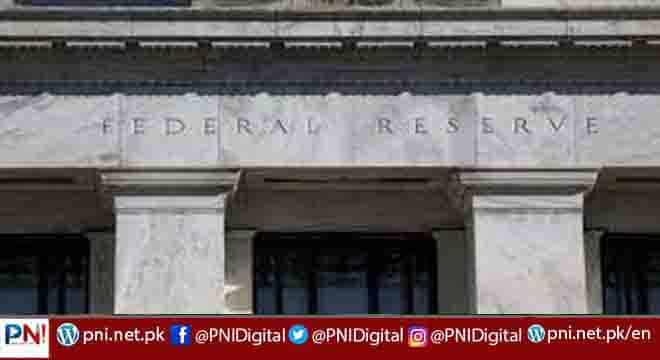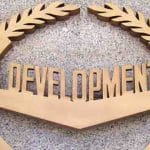Washington, Dec 17 (AFP/APP):With inflation expected to remain high for some time, the US central bank is likely to raise interest rates soon after it ends its bond-buying program in March, a Federal Reserve board member said Friday.
The Fed earlier this week announced it will accelerate the end to its stimulus program after inflation last month saw its biggest jump in nearly four decades, with price increases on a wide array of goods hitting US consumers and businesses.
Fed Governor Christopher Waller said the decision announced Wednesday gives policymakers the ability to respond quickly with an increase in the benchmark lending rate, which he expects “will be warranted shortly after our asset purchases end” in the spring.
Quarterly forecasts from Fed policymakers released the same day signaled the likelihood of three interest rate hike next year, and economists expect the first one in May as officials try to keep inflation under wraps.
Inflation “is alarmingly high, persistent and has broadened to affect more categories of goods and services, compared with earlier this year,” Waller said in a speech to the Forecasters Club of New York.
He said he expects the economy to grow strongly in coming months and rapidly return to full employment — a key criteria for the Fed before it will lift rates off zero, where they have been since March 2020 at the start of the pandemic.
However, “One big uncertainty about this outlook, of course, is the Omicron variant,” he cautioned.
The new variant could force new restrictions that might slow the economy, but also “exacerbate labor and goods supply shortages and add inflation pressure.”
It will take some months to see if inflation is moderating as expected, he said.
Waller noted that the Fed adapted quickly to the unprecedented nature of the global pandemic and its impact on the economy and financial system.
However, the crisis posed huge challenges for forecasters trying to predict the severity of the downturn and the speed of the recovery, including the supply chain bottlenecks that have frustrated businesses and added to the price pressures.
“Like others, I expected that markets would adjust quickly and that these problems would be fixed,” he said.
“We are learning that the long and complex supply chains that have facilitated trade and driven down production costs in recent years are quite fragile and are taking longer to repair than I would have expected.”
Follow the PNI Facebook page for the latest news and updates.








